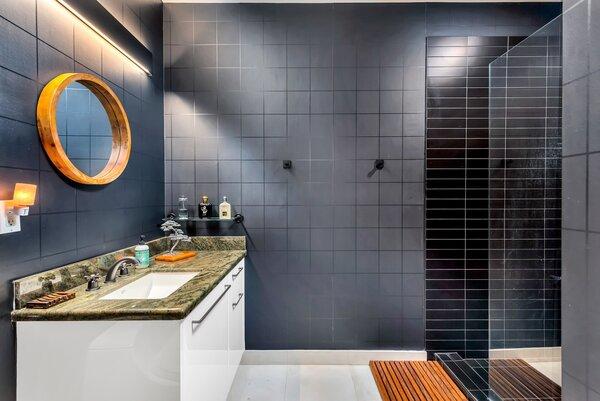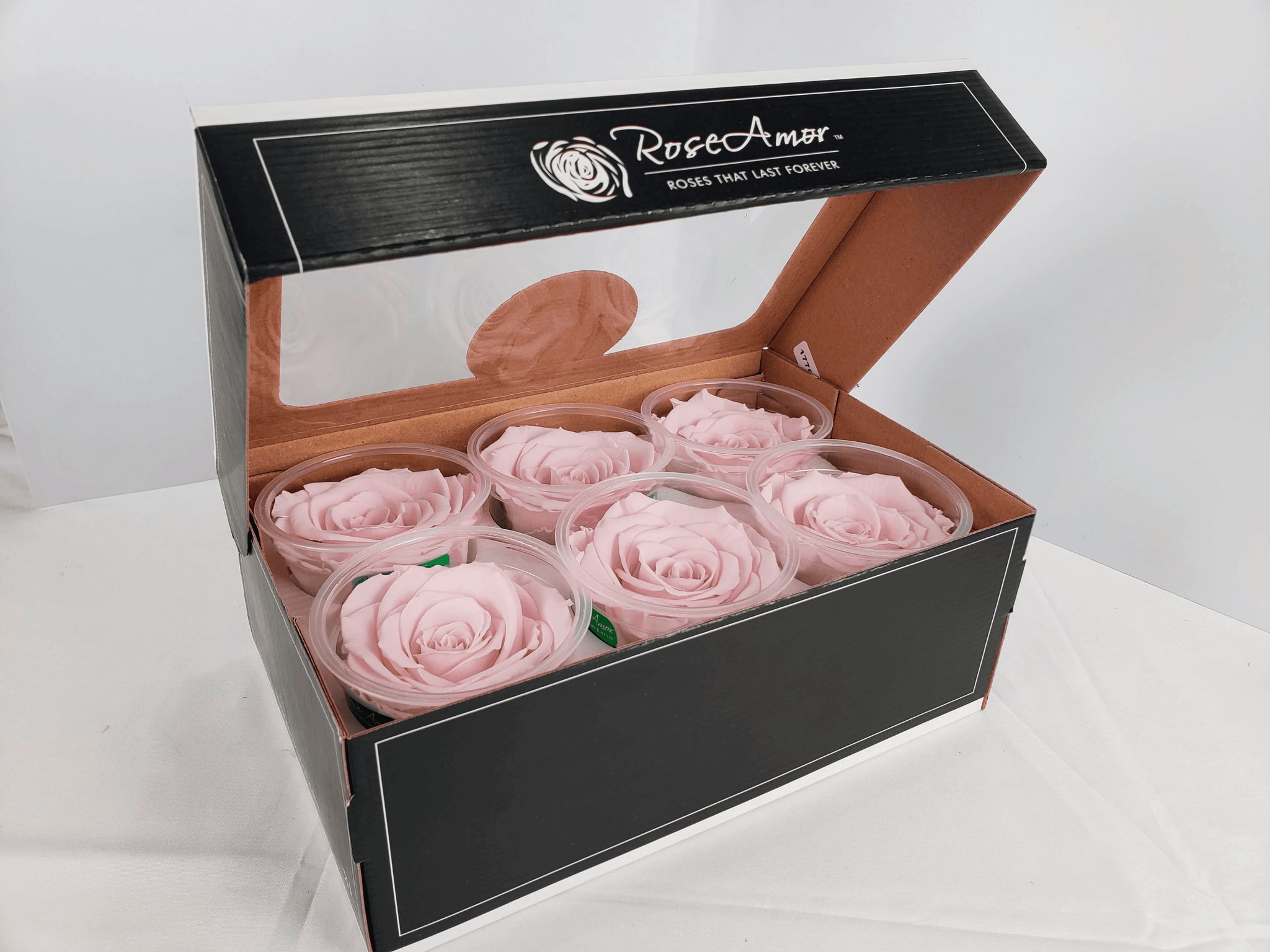Welcome, readers, to our ultimate guide on subway tiles bathrooms. We believe that a well-designed bathroom can truly transform your space and create a sense of tranquility and style. In this blog post, we will dive into the world of subway tiles, exploring their history, types, planning considerations, installation process, and maintenance tips. By the end of this guide, you will have all the knowledge you need to revitalize your bathroom with subway tiles.
1. Understanding Subway Tiles
A. Definition and History:
Subway tiles, traditionally known as metro tiles, are rectangular tiles that were originally used in subway stations in the early 20th century. They were chosen for their durability, ease of cleaning, and timeless aesthetic. Today, subway tiles have become incredibly popular in both residential and commercial settings due to their classic charm and versatility.
B. Types of Subway Tiles:
Subway tiles are available in a variety of materials, each with its own unique features and benefits. Ceramic subway tiles are the most common and affordable option, offering a wide range of colors and finishes. Glass subway tiles, on the other hand, add a touch of elegance and reflect light beautifully. Porcelain subway tiles are highly durable and resistant to stains and moisture, making them ideal for bathrooms. Consider your preferences and budget when choosing the material that suits your needs.
2. Planning Your Subway Tile Bathroom
A. Assessing Your Space:
Before diving into the world of subway tiles bathroom design, it’s essential to assess your bathroom’s size, layout, and existing elements. Measure your walls and floors accurately, taking note of any obstacles or design challenges such as windows, fixtures, or electrical outlets. This evaluation will help you determine the quantity of tiles needed and identify any potential modifications required for installation.
B. Choosing Colors and Patterns:
The color and pattern of subway tiles play a significant role in the overall aesthetics of your bathroom. Light-colored tiles can make a small bathroom appear more spacious, while bold and dark hues can add drama and contrast. Consider the existing color scheme of your bathroom and choose subway tiles that complement or create a striking focal point. As for patterns, options like the classic horizontal stack, herringbone, or vertical stack can add visual interest and enhance the overall design.

3. Installation Process
A. Preparing Your Surface:
Before installing subway tiles bathroom, it’s crucial to prepare the surface properly. Ensure that your walls or floors are clean, dry, and free of any debris. Repair any cracks or imperfections, and apply a suitable primer if necessary. A smooth and even surface will ensure a seamless and long-lasting installation.
B. DIY vs. Professional Installation:
Deciding whether to tackle the installation yourself or hire professionals depends on your skill level and time constraints. Installing subway tiles can be a DIY project for those with experience in tiling and a knack for precision. However, if you are unsure about your skills or lack the time to dedicate to the project, hiring professionals can save you from potential mistakes and ensure a flawless installation. Consider your comfort level and the complexity of the design when making this decision.
4. Maintenance Tips
A. Cleaning Techniques:
To maintain the beauty and longevity of your subway tile bathroom, proper cleaning is essential. Different tile materials require specific cleaning products and techniques. For ceramic and porcelain tiles, a mild detergent and water solution will suffice. Glass subway tiles can be cleaned with a glass cleaner or a mixture of vinegar and water. Regularly wipe down your tiles to remove any soap scum or mineral deposits and keep them looking pristine.
B. Preventing Grout Discoloration:
Grout discoloration is a common issue in bathrooms, but it can be prevented with proper maintenance. Avoid using abrasive cleaning tools that can damage the grout and opt for a soft brush or sponge instead. Apply a grout sealer after installation to protect it from moisture and stains. Regularly inspect your grout for any signs of discoloration or damage and address them promptly to maintain the overall appearance of your subway tile bathroom.
Conclusion
Congratulations! You have reached the end of our ultimate guide to subway tiles bathrooms. We hope that this comprehensive overview has provided you with valuable insights and inspiration for your bathroom transformation. Whether you choose ceramic, glass, or porcelain subway tiles, careful planning, proper installation, and regular maintenance will ensure a stunning and durable result.
Source URL: https://subway-tiles-bathroom.blogspot.com/2023/12/revitalize-your-space-ultimate-guide-to.html
















